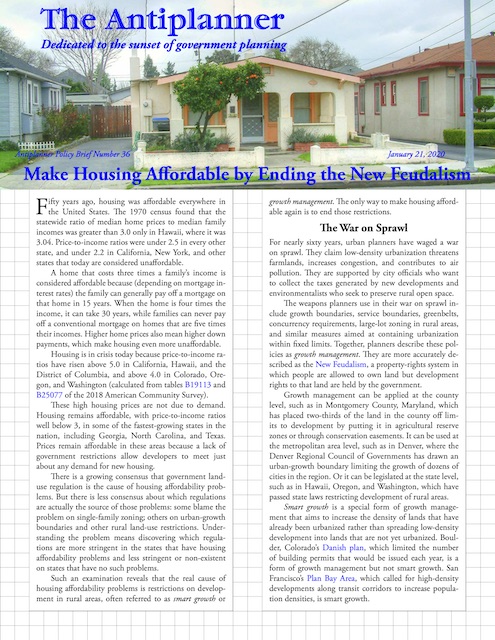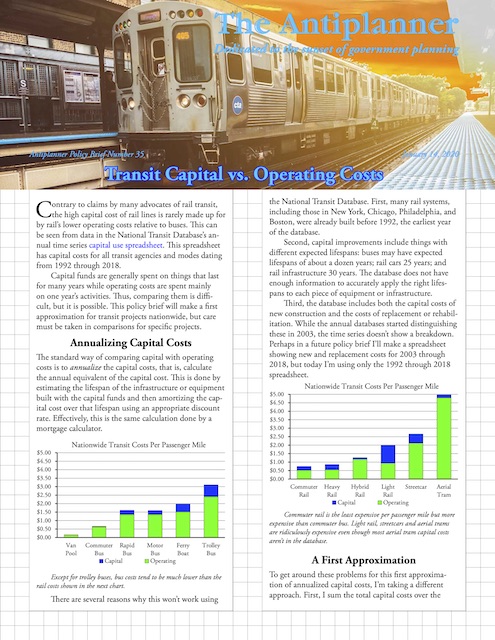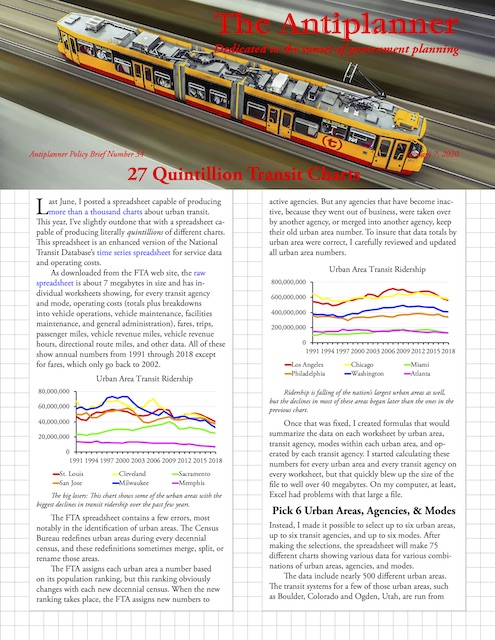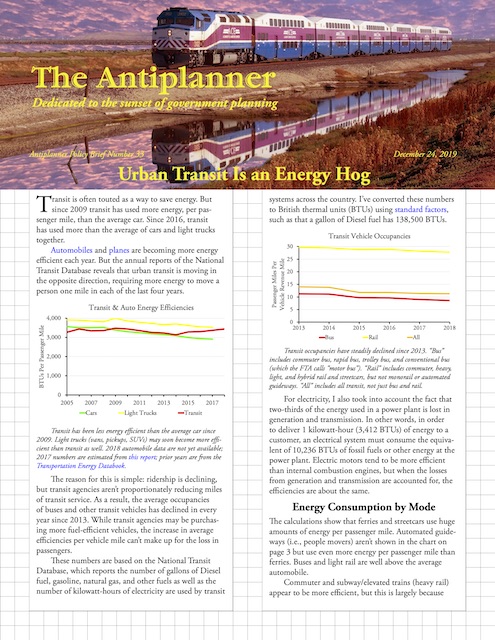The Department of Housing and Urban Development has asked for comments on eliminating regulatory barriers to affordable housing. This is my response.
Fifty years ago, housing was affordable everywhere in the country. The 1970 census found that the statewide ratio of median home prices to median family incomes was greater than 3.0 only in Hawaii (where it was 3.04). Price-to-income ratios were under 2.5 in every other state, and under 2.2 in California, New York, and other states that today are considered unaffordable.
 Click image to download a five-page PDF of this policy brief.
Click image to download a five-page PDF of this policy brief.
A home that costs three times a family’s income is considered affordable because (depending on mortgage interest rates) the family can generally pay off a mortgage on that home in 15 years. When the home is four times the income, it can take 30 years, while families cannot pay off a conventional mortgage on a home that is five times their income. Higher home prices also mean higher down payments, which make housing even more unaffordable. Housing is in crisis today because price-to-income ratios have risen above 5.0 in California, Hawaii, and the District of Columbia, and above 4.0 in Colorado, Oregon, and Washington (calculated from tables B19113 and B25077 of the 2018 American Community Survey). Continue reading










